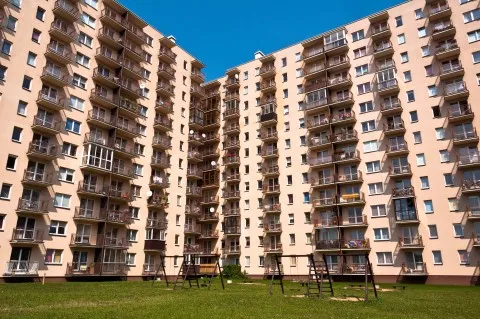
Home sales subject to Double Stamp Duty dropped 8% in Q1
The relative drop suggests that the bulk of active buyers were local first-time homebuyers.
Based on the latest figures released from the Inland Revenue Department, the proportion of home sales subject to Double Stamp Duty (DSD) dropped to a monthly average of 8% in Q1 2019, extending on the gradual decline recorded in the market in recent years, according to JLL’s latest residential sales report.
In 2016, about 28% of all home sales were subject to DSD. At the same time, the proportion of transactions subject to BSD also declined, down to an average of just 3% of total transactions in 2019 from 5% three years ago.
The proportion of home sales subject to DSD and Buyer’s Stamp Duty (BSD) has dropped gradually over the past three years, data showed. This suggests that the bulk of buyers active in the market through the first few months of 2019 are local first-time homebuyers looking to get on the housing ladder.
DSD and BSD are levied on non-first-time and foreign homebuyers, respectively, and can serve as a useful proxy for gauging participation rates of both buyer groups, JLL noted.
With regard to transactions over $50m, residential volume surged 108.8% MoM in March, whilst value climbed 97% MoM.

In an attempt to meet the increasing demand of first-time homebuyers, the government is reportedly aiming to provide more public housing units in the coming five years, with around 26,300 subsidised sale flats (SSFs) and 74,200 public rental housing units in total.
That said, Henry Mok, senior director of capital market at JLL, does not believe that the additional units will be sufficient to satisfy the pent-up demand that has built up in the market over the past several years.
“Coupled with the fact that the construction of these new additional SSFs will take several years, market demand for smaller and more affordable housing units is likely to remain intact over the foreseeable future,” he explained in a statement.
Moving forward, developers are likely to build smaller units to minimise the risks arising from the looming vacancy tax, according to Denis Ma, JLL’s head of research added. “How well the private housing market performs through the remainder of 2019 and over the next few years will very much depend on the performance of the local economy. Supply is unlikely to be a significant driver of market direction over the short term.”
Upcoming residential projects include 876-unit Seaside Sonata at Cheung Sha Wan, 1,172-unit Cullinan West in South West Kowloon and 1,120-unit MONTARA in Tseung Kwan O.








![Cross Domain [Manu + SBR + ABF + ABR + FMCG + HBR + ]](https://cmg-qa.s3.ap-southeast-1.amazonaws.com/s3fs-public/styles/exclusive_featured_article/public/2025-01/earth-3537401_1920_4.jpg.webp?itok=WaRpTJwE)









 Advertise
Advertise


